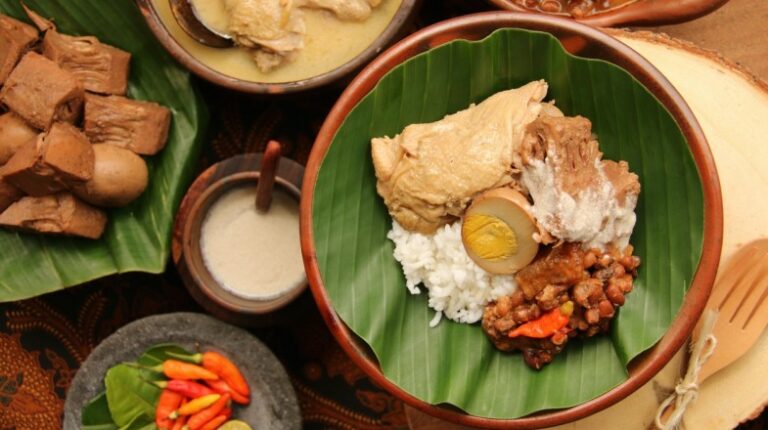Introduction: Indonesia’s beverage culture
Indonesia is a country with a rich and diverse beverage culture. From traditional herbal drinks to modern coffee shops, there is something for everyone. Indonesians drink a variety of beverages throughout the day, with tea and coffee being the most popular. With an abundance of tropical fruits, coconut water and sugarcane juice are also common beverages. Additionally, the country also produces and consumes a range of alcoholic beverages.
Tea: A staple beverage in Indonesia
Tea is a staple beverage in Indonesia and is drunk throughout the day, both hot and cold. One of the most popular types of tea is teh botol, which is a sweet, bottled tea. Another popular option is jasmine tea, which is often served with a dollop of sugar. Tea is often served with snacks, such as fried bananas or cassava chips. Tea shops, known as kedai teh, can be found all over the country, serving tea and snacks to locals and tourists alike.
Coffee: The rise of specialty coffee
In recent years, coffee has become an increasingly popular beverage in Indonesia, with a growing number of specialty coffee shops opening up in major cities. Indonesia produces some of the best coffee in the world, including Sumatran and Java varieties. Indonesians often drink their coffee black, but there are also popular variations such as kopi susu (coffee with condensed milk) and es kopi (iced coffee). Coffee shops in Indonesia often offer a range of pastries and light meals to go with your coffee.
Traditional beverages: Jamu and Es Kelapa
Jamu is a traditional herbal drink that has been consumed in Indonesia for centuries. Made from a combination of various spices, roots, and fruits, jamu is believed to have medicinal properties and is often used as a remedy for various ailments. Another traditional beverage is es kelapa, which is a refreshing drink made from young coconut water and jelly. Es kelapa is often served in coconut shells and is a popular drink during the hot summer months.
Alcoholic beverages: Bintang beer and Arak
Indonesia produces a range of alcoholic beverages, with Bintang beer being the most popular. Bintang beer is a lager-style beer that is brewed in Indonesia and is often served in bars and restaurants. Another popular alcoholic beverage is arak, which is a distilled alcoholic drink made from palm sap. Arak is often consumed during traditional ceremonies and celebrations.
Conclusion: A diverse and delicious beverage scene
Indonesia’s diverse and delicious beverage scene offers something for everyone. From classic tea shops to modern coffee shops and traditional herbal drinks, there is no shortage of options. Additionally, with a range of alcoholic beverages, there is something for those who enjoy a night out. Indonesians take pride in their beverage culture and welcome visitors to experience the unique flavors and traditions that make it so special.

